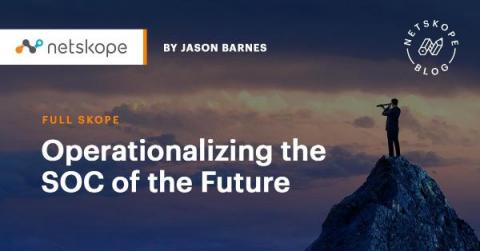Security | Threat Detection | Cyberattacks | DevSecOps | Compliance
Latest News
What SecOps Teams Can Expect in 2022
Traditionally, most organizations have had siloed departments wherein teams’ activities are highly separated and the objectives within organizational structures are divided. This operational methodology has brought about friction – especially within the IT department, where developers and ITOps lack collaboration.
The Top Cyber Attacks of December 2021
Proactive Cybersecurity: How to Stay Ahead of Today's Threats
Power the SOC of the Future with the DataLinq Engine - Part 1
Evidence continues to mount that it isn’t a matter of if, but when and how an organization will be attacked. So, we are seeing Security Operations Centers (SOCs) narrow the focus of their mission to become detection and response organizations. As they look to address additional use cases, including threat detection and monitoring, investigation, incident response and hunting, data becomes incredibly more important.
How IHG modernized SecOps during the pandemic
Arctic Wolf Named A 2021 Gartner Peer Insights Strong Performer for Vulnerability Assessment
Arctic Wolf's 2021 Year in Review
Cybersecurity Predictions for 2022
Operationalizing the SOC of the Future
As technology continues to change rapidly, and so do the tactics cybercriminals use. Responding to these changes requires adapting your security operations center (SOC), or eventually, you may encounter a security incident. Security is a journey, not a destination. You don’t just become secure and move on to another project. Instead, you continuously observe, adapt, and improve.











